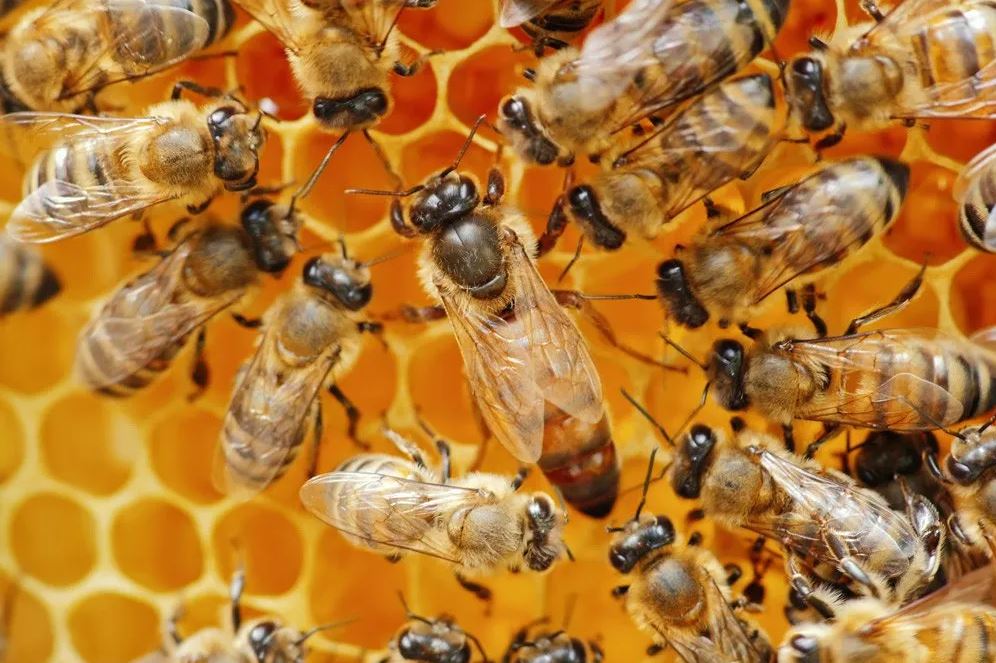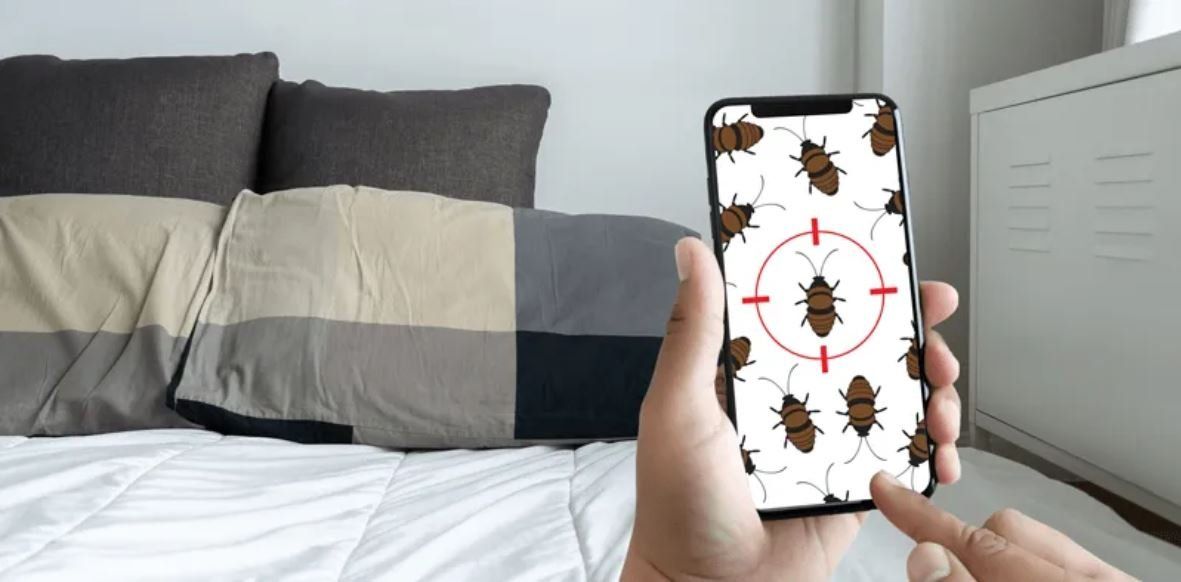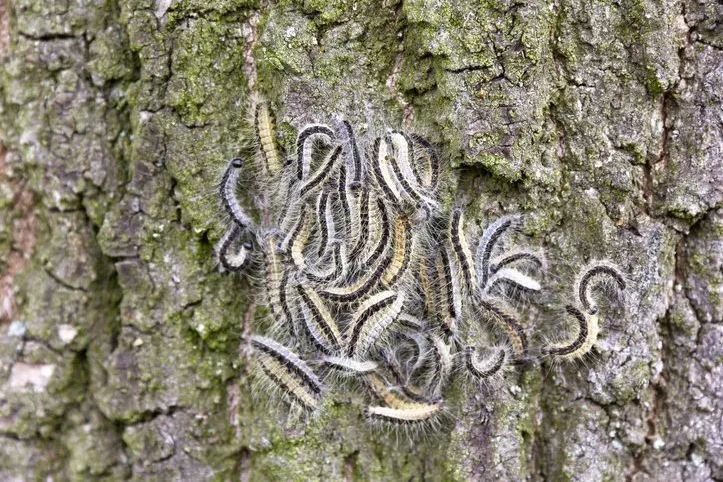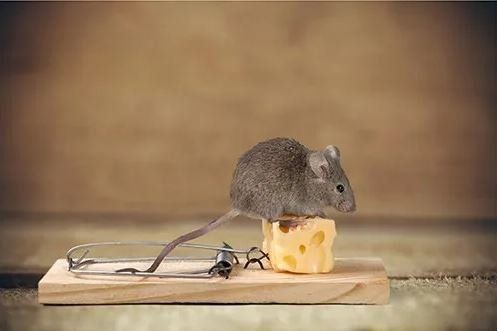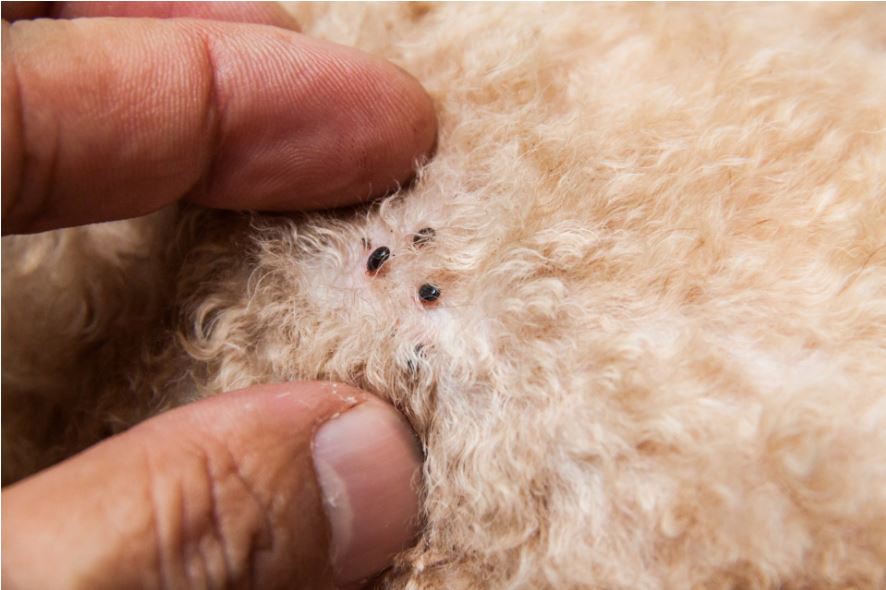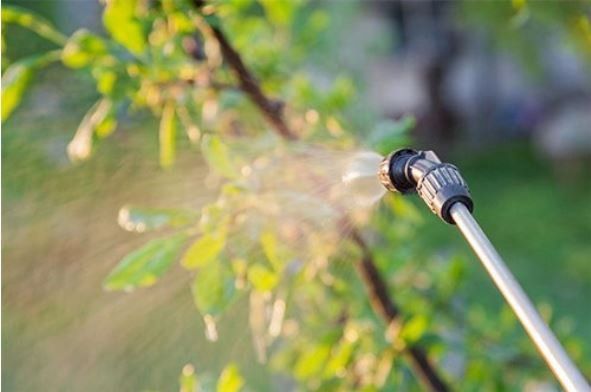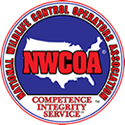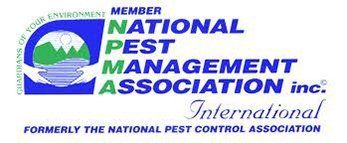MONTEREY BAY
PEST CONTROL INC.
LOCALLY OWNED AND OPERATED
Blog Layout
Your Top In-Home Flea Invasion Questions Answered
Admin • Apr 01, 2020
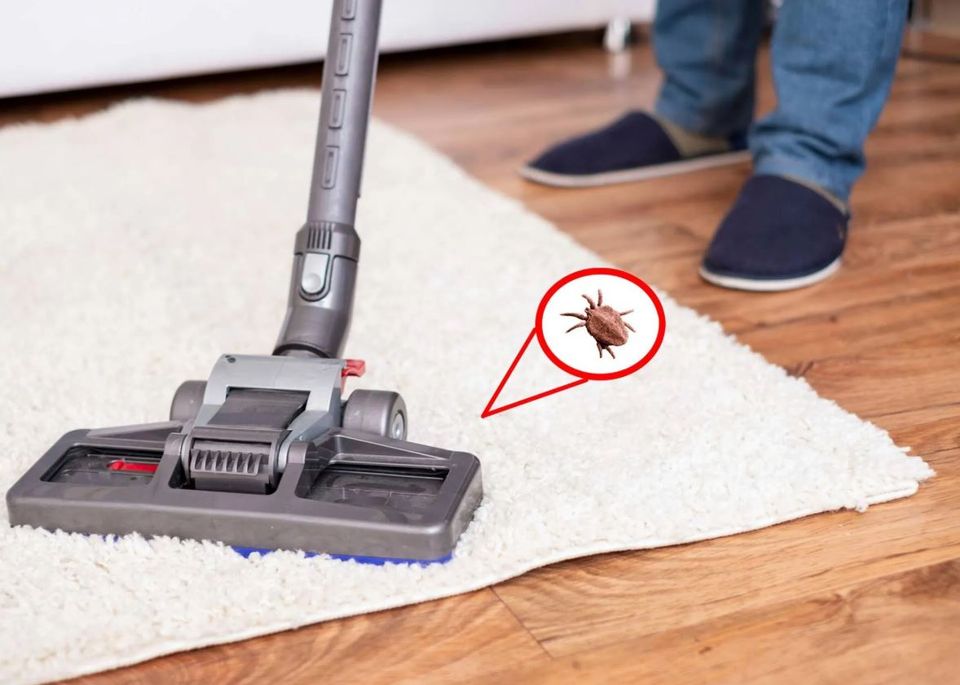
Does your home have fleas? If you have a suspected invasion, take a look at what you need to know about these pests, the problems they create, and the simple solutions.
Where Do Fleas Live?
Even though fleas are well-known canine companions, these pests have plenty of other habitats. Fleas are also found in or on:
- Wild animals. Domesticated animals aren't the only hosts fleas enjoy. These pests also prefer to live on raccoons, opossums, skunks, and other backyard or woodland area creatures.
- Shrubs and other plant-life. Fleas often hide in shrubs, tall plants, or other shady spaces.
- Clothing. As you walk through an outdoor area, a flea can jump onto your pant leg, shoe, jacket, or shirt. This allows the flea to hitchhike into your home almost unnoticed.
- Other fabric items. A picnic blanket or your pool towels can also provide the perfect hiding place for a flea hitchhiker.
- Your home is another comfortable habitat for the flea. These pests may hide in pet beds, your bed, carpets, or upholstered furniture.
How Do You Find Fleas in Your Home?
Now that you know where fleas live, the next steps are to find and identify these pests. Given the number of spaces fleas frequent, it isn't always easy to locate the invaders. To find fleas inside your home:
- Look for visual signs. The easiest way to identify an infestation is by the presence of the fleas themselves. Fleas are dark reddish-brown, have six legs, and are 1/12- to 1/6-inch long.
- Inspect your pets. Comb through your cat's or dog's fur. Look for the fleas or flea dirt (small dark flecks of flea excrement).
- Assess bites. While the presence of flea bites doesn't necessarily indicate an infestation, persistent, numerous bites can help you to determine if you have a possible pest problem. Flea bites are small, red bumps. These may appear in clusters or a line.
What should you do if you see fleas or have noticeable bites? Even though you only have one or two fleas right now, the pest problem could quickly grow. According to the National Pest Management Association's (NPMA) PestWorld website, female fleas can produce 400 to 500 offspring in a 100-day lifetime. This makes prompt extermination necessary.
Who Should Handle Your Home's Flea Problem?
While regular vacuuming your home and treating your animals with flea control products can help to prevent an infestation, they won't always stop a pest problem. If your best pest prevention efforts haven't stopped an infestation, contact a professional exterminator.
Why is flea control a job for a professional? The top reasons to call a qualified exterminator are:
- Correct identification. Do you really have fleas? If you're not sure, you need a professional to evaluate and identify the problem.
- Safety. Do you know how to correctly treat fleas? If you have little or no experience with extermination and the products used to eliminate fleas, incorrect use could put you or your family at risk.
- Effective elimination. A do-it-yourself approach to flea control may not yield the results you expect. A few stray fleas can re-infest your home, costing you time and money down the road.
- Regular maintenance. Prevent a flea re-infestation with preventative treatment. The pest control professional can discuss ways to stop a repeat problem through routine maintenance.
If you're not sure which pest control professional is right for your flea problem, ask would-be companies about their expertise and experience handling this type of invasion. Along with the company's background, look for a contractor who comes with plenty of positive references from real people in your community.
Are fleas a problem in your house? Contact Monterey Bay Pest Control Inc.
for more information.
By Admin
•
01 Dec, 2019
Pests can easily make their way from the yard and garden into your garage. Read this blog to get ideas on how to stop pests from coming inside your garage.
By Admin
•
01 Oct, 2019
If you want to better protect your home from bug invasions, check out these four common types of pest control methods, and choose the best option for you.
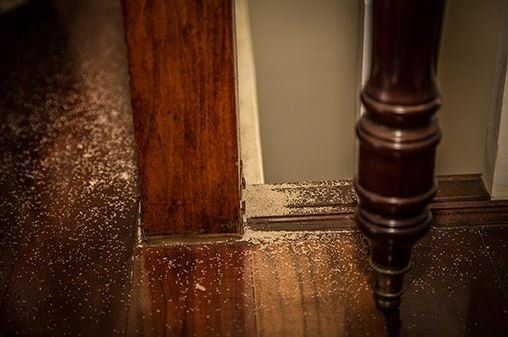
By Admin
•
22 Oct, 2018
Several types of termites invade California homes, including drywood, dampwood, and subterranean termites. Termites destroy structures, fencing, food, and household furnishings. So if you want to protect your property, you need to be vigilant. Here are three ways to put up an effective fight against termites for your home and belongings. 1. Remove Termite Attractions From Your Property Termites colonize an area because the area provides something that the termites need. Two of the primary needs of termites are moist soil and wood. If you have any leaks, puddles, or damp spots below your woodframed home, you have everything a pair of termites needs to create a whole new colony. Wet or rotting wood is also an attractant for termites. Termites can digest structurally sound wood, but they have an easier time eating wood that's crumbling due to fungal infestation. Clean up all sources of moisture around your yard and underneath your house, decks, and porches. Have a plumber repair pipes, and fix drainage issues that make water pool near your home's foundation. Pick up rotting wood, and have bad wood replaced in your home. Also, don't allow wood framing members to be within 12 inches of the soil at any point. Remove wood mulch and all woody plants away from the edges of your home's foundation to a distance of at least a foot away from your home. 2. Know the Signs of Termite Infestation Many homeowners are unaware of the first signs of termite colonization. By the time homeowners notice a serious termite problem, their homes are hosting several gigantic colonies of subterranean termites. You can completely avoid a termite surprise by having your pest control professional inspect your home once or twice a year. If you want to keep an eye on your own home and inspect the premises yourself, understand that destructive subterranean termites climb up from the soil to reach the wood in your home. The termites don't like to be seen or exposed to the air, so they build mud tubes from the ground level up to your floor joists. Mud tubes may be colored sandy, reddish, or dark brown depending on the soil available to the termites. The subterranean-termite tubes can be found on piers, basement walls, crawl-space foundations, and posts. Tubes lead from the colony and soil surface up to structural wood. Other signs of termite damage near wood include: Piles of sawdust or pellet-shaped droppings Entry holes in wood Blistering of outer wood surfaces Darkening or staining of wood grain Hollow sound to wood when rapped In autumn and spring, termites swarm away from their home colonies to develop new colonies nearby. You may see swarms of both ants and termites in fall and spring months. These termites have lacy, fragile wings and slim, dark bodies. A termite swarm indoors indicates that your home has one or more colonies of termites eating away at the structural members of the house. 3. Seek Help to Eradicate and Repel Termites Serious remedies are needed to combat termite infestations in homes. If you suspect your home has been infested with any type of termite, contact a qualified pest control company to confirm your suspicions. Treatment of your home will depend on the type of termites infesting the wood. Drywood termites are often eradicated by fumigating the complete home. Some homes are tented and heated to kill termites. Spot treatments and soil treatments are also options for subterranean termites. You may need to schedule more than one pest-control treatment to get rid of a heavy termite infestation. Your pest control company will monitor your home to check for re-infestations after your home is treated for termite problems. If you see autumn swarms or other signs of termites in your house, schedule an inspection of your home by the experts at Monterey Bay Pest Control Inc. Since 1950, we've provided effective termite control for homeowners throughout Monterey County, California.
Phone:
Mailing Address:
PO Box 810 Seaside, CA 93955
Two addresses to serve you better:
Monterey Bay Pest Control
1997 Del Monte Blvd. Seaside, CA 93955
Monterey Bay Pest Control
4041 Soquel Dr. Ste 320
Soquel, CA 95073
Content, including images, displayed on this website is protected by copyright laws. Downloading, republication, retransmission or reproduction of content on this website is strictly prohibited. Terms of Use
| Privacy Policy
